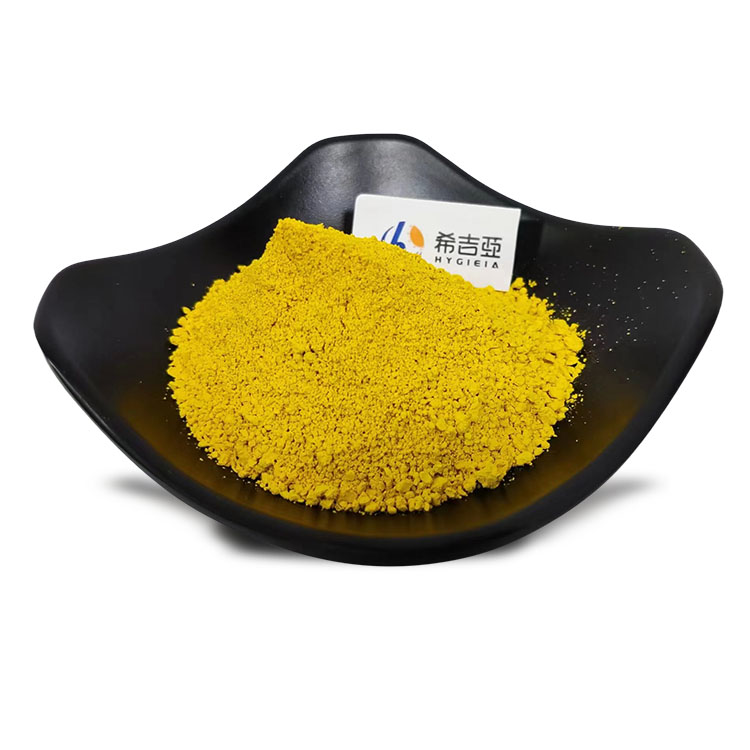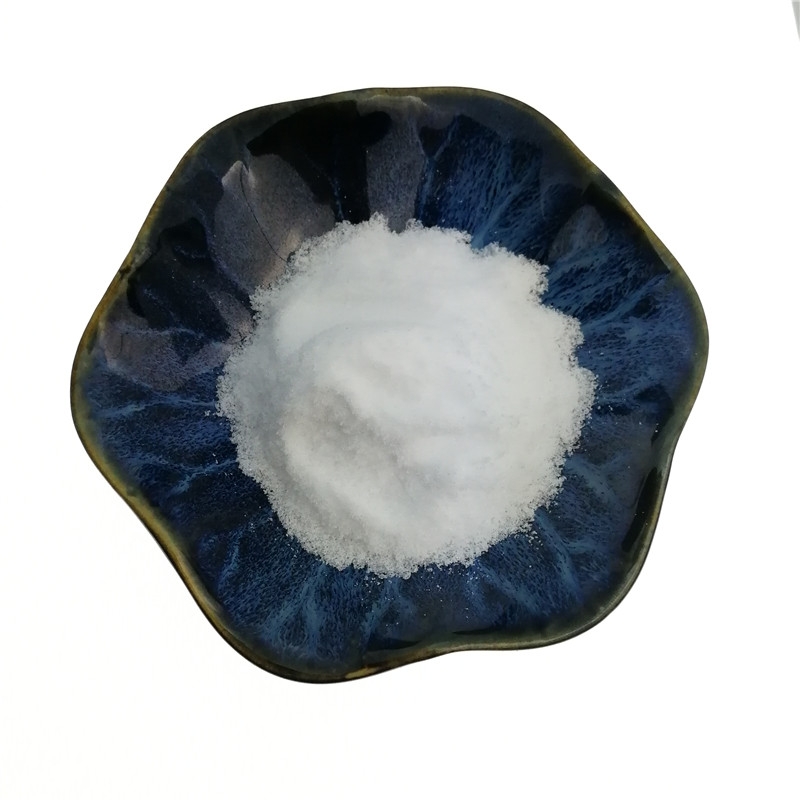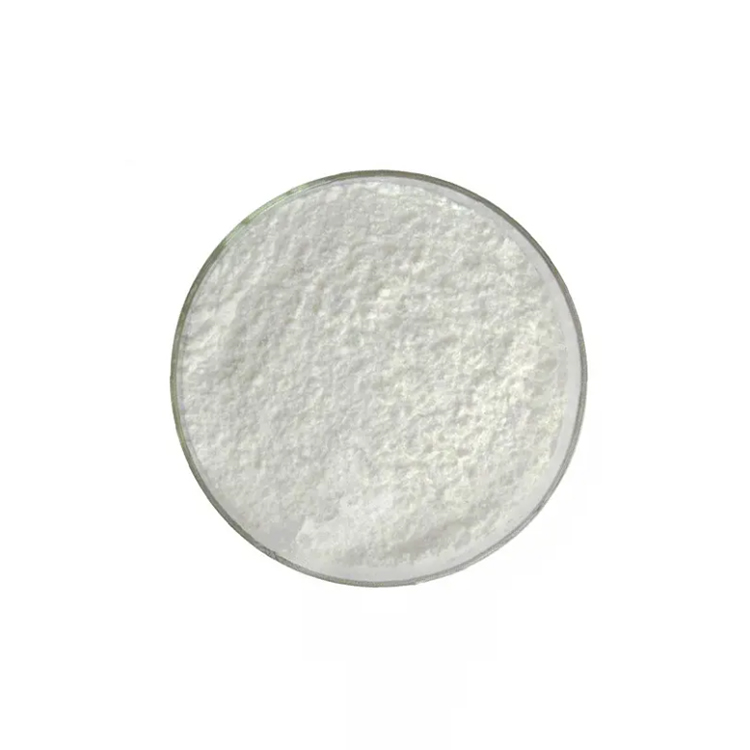-
Categories
-
Pharmaceutical Intermediates
-
Active Pharmaceutical Ingredients
-
Food Additives
- Industrial Coatings
- Agrochemicals
- Dyes and Pigments
- Surfactant
- Flavors and Fragrances
- Chemical Reagents
- Catalyst and Auxiliary
- Natural Products
- Inorganic Chemistry
-
Organic Chemistry
-
Biochemical Engineering
- Analytical Chemistry
- Cosmetic Ingredient
-
Pharmaceutical Intermediates
Promotion
ECHEMI Mall
Wholesale
Weekly Price
Exhibition
News
-
Trade Service
Now when I buy fruits and vegetables, I often see that the vegetables are all tied with tape, and the fruits are directly labeled.
It is difficult to tear off when they are eaten, and there will be a gluey feeling when they are torn off
.
Many reports claim that when vegetables are tied with tape, the formaldehyde exceeds the limit by 10 times; fruits are labeled with benzene
.
Many friends expressed concern: Is this true? Can I eat it with confidence?
What is the glue in the tape?
When it comes to glue, many people first think of chemical substances, which are harmful to health
.
.
In fact, China's standards have regulations on commonly used adhesives.
Now there are 8 commonly used adhesives.
In addition to the chemical components that everyone often talks about, some glues are actually made of natural materials, such as animal glue and vegetable glue
.
Now there are 8 commonly used adhesives.
In addition to the chemical components that everyone often talks about, some glues are actually made of natural materials, such as animal glue and vegetable glue
.
Take vegetable glue for example, we usually use a lot at home
.
For example, sometimes when an envelope is dipped in the house, rice or slurries are used, which just uses the stickiness of starch
.
.
For example, sometimes when an envelope is dipped in the house, rice or slurries are used, which just uses the stickiness of starch
.
In addition to plants, some animal skins can also be used as glue
.
.
Excessive formaldehyde in tape?
It is said that the formaldehyde in the place where the vegetables are stuck with tape exceeds 10 times the standard
.
Can it be eaten where it comes in contact with the label and tape? Are there any safety issues?
.
Can it be eaten where it comes in contact with the label and tape? Are there any safety issues?
First of all, the vegetables themselves contain formaldehyde.
The adhesive in the tape does not necessarily contain formaldehyde, nor does it migrate into the vegetables.
The reason why the high formaldehyde content of the adhesive tape appears is actually mainly because of the place where the tape is attached.
Due to the formation of a closed state after sticking, the emission of formaldehyde is relatively slow
.
The adhesive in the tape does not necessarily contain formaldehyde, nor does it migrate into the vegetables.
The reason why the high formaldehyde content of the adhesive tape appears is actually mainly because of the place where the tape is attached.
Due to the formation of a closed state after sticking, the emission of formaldehyde is relatively slow
.
Moreover, the interpretation in news reports is also problematic.
The national standard does not limit the amount of formaldehyde in vegetables at all.
How can you talk about exceeding the standard? It's just higher than other places
.
The formaldehyde content of the strap itself will basically not affect human health
.
The national standard does not limit the amount of formaldehyde in vegetables at all.
How can you talk about exceeding the standard? It's just higher than other places
.
The formaldehyde content of the strap itself will basically not affect human health
.
Secondly, formaldehyde has a strong volatility, especially in summer when the temperature is higher, the volatilization speed is faster.
If you buy it home and tear off the tape, leave it for a period of time
.
If you buy it home and tear off the tape, leave it for a period of time
.
In addition, formaldehyde is easily dissolved in water and will disappear when washing or cooking.
There is basically no formaldehyde when you eat it, so you can eat it with confidence
.
There is basically no formaldehyde when you eat it, so you can eat it with confidence
.
Does the label contain benzene?
It is said that the label on the fruit contains benzene, which can cause cancer
.
is this real? What method can be used to clean up the glue?
.
is this real? What method can be used to clean up the glue?
In fact, China's standards also have strict quality and hygiene regulations for food-contact materials.
As long as it is a regular food-grade glue, there is no need to worry too much, and there will be no problem of excessive benzene
.
As long as it is a regular food-grade glue, there is no need to worry too much, and there will be no problem of excessive benzene
.
Moreover, benzene is also very volatile.
Basically, after the label is removed, it will evaporate after a period of time
.
Basically, after the label is removed, it will evaporate after a period of time
.
In addition, many fruit-sticking adhesives currently on the market are actually water-soluble.
For example, the commonly used water-soluble glue-polyvinyl alcohol, can be completely removed by washing with water, so consumers do not need to worry
.
For example, the commonly used water-soluble glue-polyvinyl alcohol, can be completely removed by washing with water, so consumers do not need to worry
.
Industrial glue needs to be strengthened!
Of course, this is not to say that there is no risk in tying tape and labeling
.
With current tapes and labels, the biggest risk is the abuse of industrial adhesives
.
.
With current tapes and labels, the biggest risk is the abuse of industrial adhesives
.
For example, in order to save costs, some vendors use vegetable binding tapes and fruit label adhesives to use industrial products.
This material may contain benzene, heavy metals and other toxic substances during processing, which may be stuck on fruits for long periods It will penetrate into the fruit and may be harmful to health
.
Therefore, in some places it is forbidden to tie up vegetables with tape
.
This material may contain benzene, heavy metals and other toxic substances during processing, which may be stuck on fruits for long periods It will penetrate into the fruit and may be harmful to health
.
Therefore, in some places it is forbidden to tie up vegetables with tape
.
For example, in March 2011, the Harbin Municipal Agriculture Committee issued the "Notice on Prohibiting Direct Use of Tape to Bundle Vegetables for Sale", stating that the adhesive contains a variety of chemical components, and the residues on the vegetables are difficult to clean and easily cause damage to the human body.
Harm
.
Harm
.
How to buy fruits and vegetables safely?
Nowadays, it is still common for businesses to use tapes and labels.
After all, the country has not banned them all
.
Therefore, it is difficult for me not to buy it
.
How to reduce the risk?
After all, the country has not banned them all
.
Therefore, it is difficult for me not to buy it
.
How to reduce the risk?
1.
First of all, try to buy from regular supermarkets and farmer's markets.
In these places, even if they use tapes and labels, the risk of using industrial adhesives is relatively low due to better supervision.
If you go to some small vendors, it is not guaranteed
.
First of all, try to buy from regular supermarkets and farmer's markets.
In these places, even if they use tapes and labels, the risk of using industrial adhesives is relatively low due to better supervision.
If you go to some small vendors, it is not guaranteed
.
2.
If you are worried about the tape and label, tear off the label as soon as possible after you buy it home to avoid prolonged sticking that will cause harmful substances to penetrate into the food, and also let the possible formaldehyde, benzene and other substances in the glue volatilize
.
If you are worried about the tape and label, tear off the label as soon as possible after you buy it home to avoid prolonged sticking that will cause harmful substances to penetrate into the food, and also let the possible formaldehyde, benzene and other substances in the glue volatilize
.
3.
If you are not at ease, peel off the peel before eating
.
For some vegetables, you can simply cut off the place where the tape is tied
.
If you are not at ease, peel off the peel before eating
.
For some vegetables, you can simply cut off the place where the tape is tied
.
Reference materials:
GB 31603-2015 National Food Safety Standard General Hygienic Code for the Production of Food Contact Materials and Products
GBT 30643-2014 General Rules for the Labeling of Food Contact Materials and Products
GBT 13553-1996 Adhesive Classification







